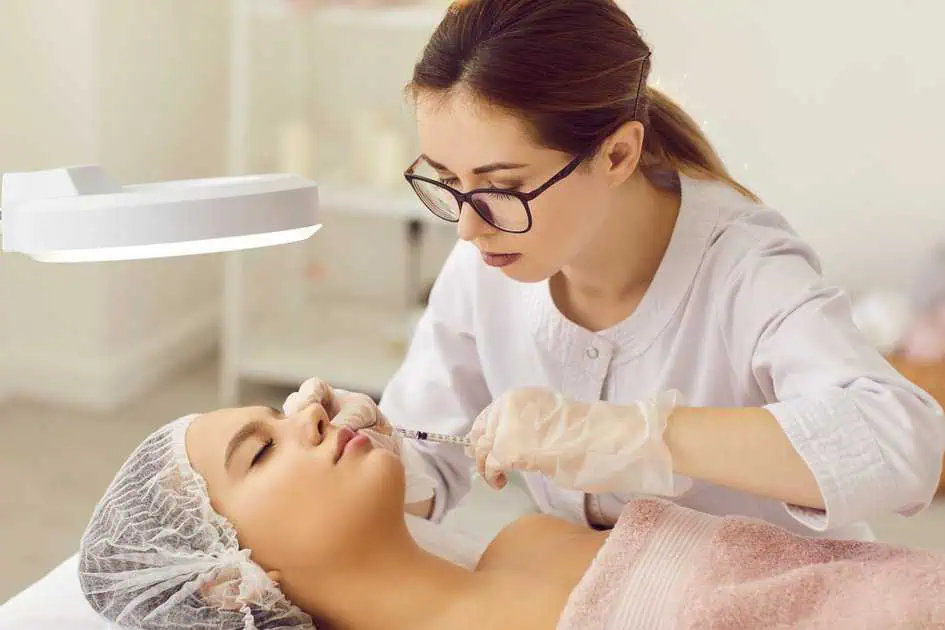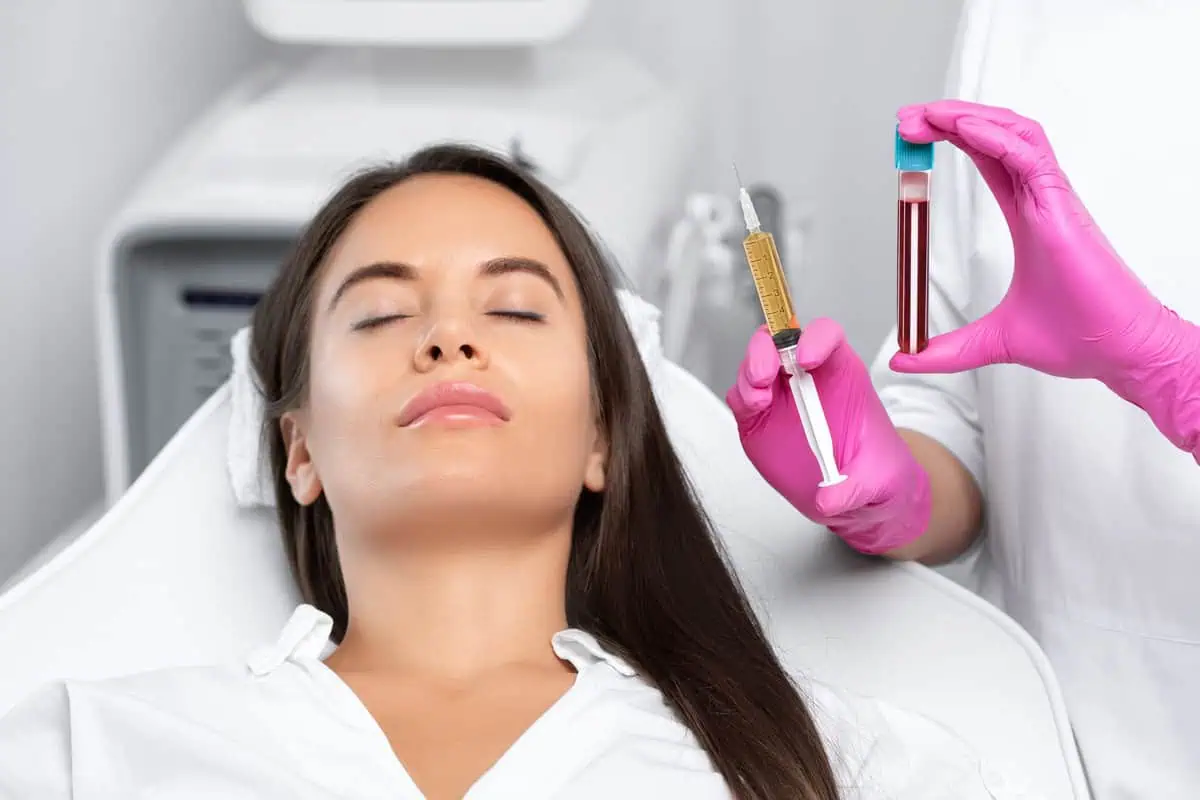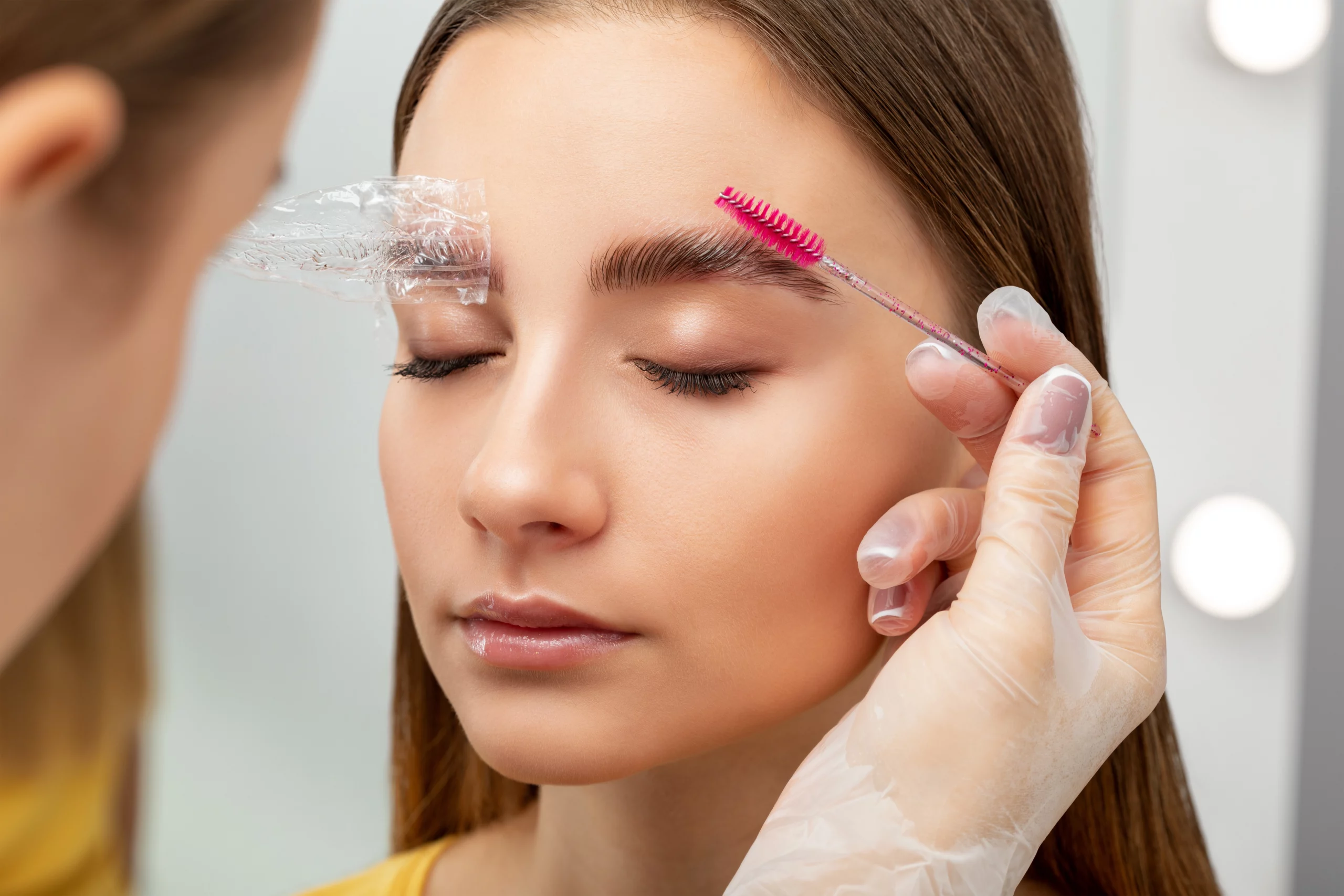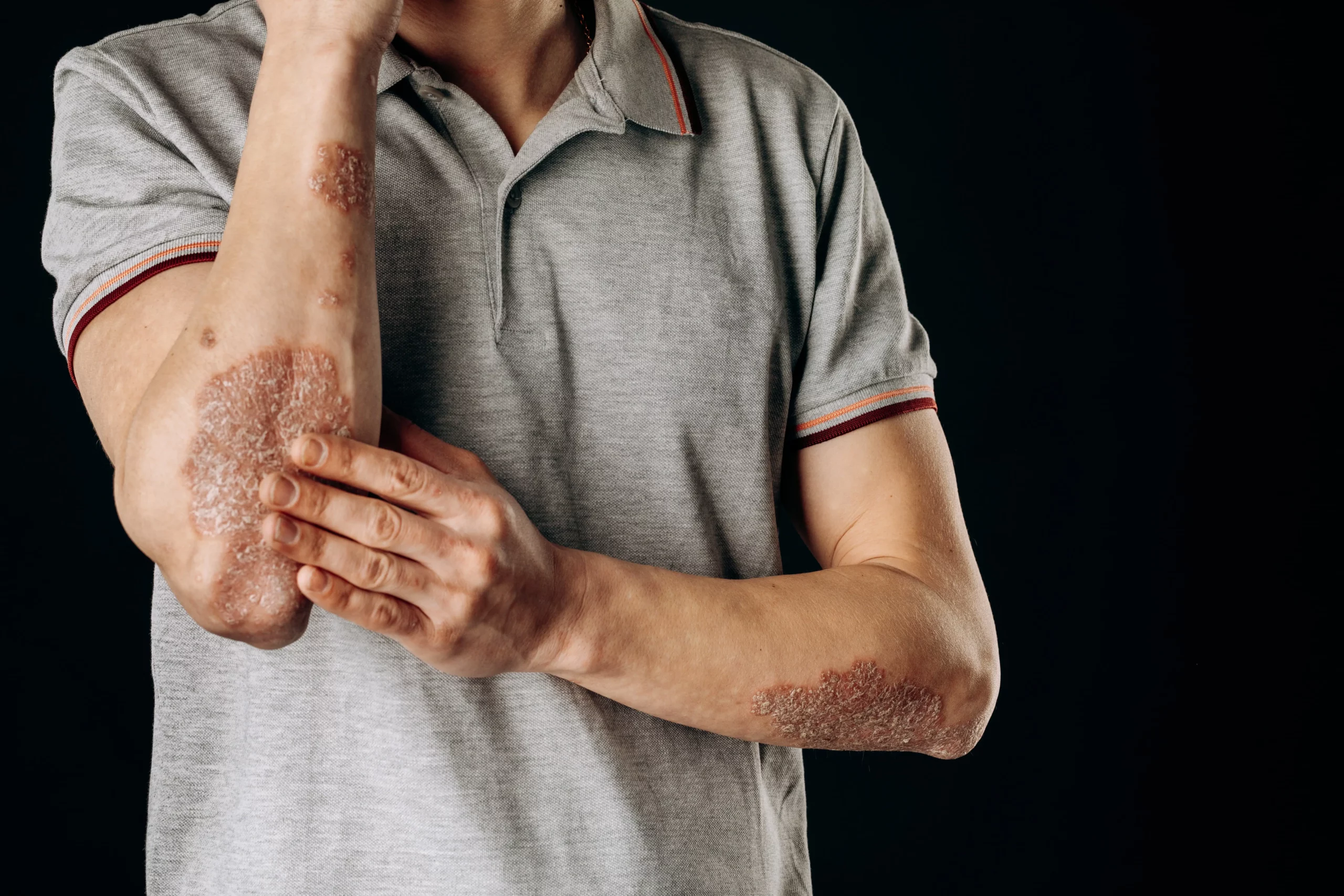Cristi Bissegger-Cozad
APRN, FNP-BC, Medical director and founder of The Derm Spa.
Introducing our newest facial treatment, the Hydrofacial. This easy-going facial focus on exfoliation while leaving your skin glowing.
- HydraFacial is a type of hydro microdermabrasion that resurfaces the skin using high water pressure and gentle extraction methods.
- The process is nonabrasive and nonirritating, making it suitable for all skin types, even sensitive skin.
- This treatment can even out skin tone, help treat acne, and reduce the appearance of enlarged pores and fine lines.
HydraFacial is a microdermabrasion procedure that uses pressurized water instead of the abrasive materials employed in traditional forms of microdermabrasion. This allows the procedure to resurface and cleanse the skin without causing irritation.
This treatment can be used to address acne, balance skin tone, reduce the appearance of enlarged pores and combat signs of aging.
A HydraFacial treatment is an in-office medical procedure that focuses on resurfacing the skin. It uses hydro microdermabrasion, a particularly gentle form of microdermabrasion, and employs jets of water—instead of lasers or abrasive materials such as crystals—to lightly exfoliate surface skin.
During the treatment, water is first used to cleanse and exfoliate the outer layer of the skin, removing dead skin cells and excess oil. This is followed by the application of a chemical solution, which further cleanses the surface skin and loosens the debris that clogs pores.
Any remaining impurities are then suctioned away, leaving the pores debris-free and prepared to absorb a customized hydrating serum. The result of this three-step process is clear pores that appear smaller and smoother, providing a fresh, youthful appearance.
The positive effects of a HydraFacial will become increasingly noticeable after several treatments. In most cases, patients require a HydraFacial treatment once or twice per month to maintain a lasting effect and significantly improve the appearance and texture of their skin.
What You Can Expect During Treatment
A HydraFacial is a fairly safe procedure when performed by a qualified professional. An experienced practitioner is able to customize the treatment to suit a patient’s needs and effectively address any issues that may arise during the process.
The three key steps of a HydraFacial treatment typically take place over a 30–45 minute period.
Cleansing
The first step is to thoroughly cleanse the skin by removing dead skin cells and sebum. This is achieved by using high water pressure that gently but effectively removes debris from the surface of the skin. This not only removes impurities, but also prepares the skin for the next step.
Exfoliation
After the skin is cleansed, a mixture of glycolic acid (GA) and salicylic acid (SA) is applied to the skin. These acids are both natural exfoliators commonly found in face masks and acne products.
GA targets the surface of the skin, while SA is water-soluble and can penetrate deeper to clear clogged pores.
Hydration
Lastly, a hydrapeel tip—which resembles a small pen—is used to suction out any blackheads, impurities and remaining dirt from the pores. At the same time a plumping and hydrating serum is applied, one that is customized to your needs.
HydraFacial serums can contain a number of different ingredients, such as hyaluronic acid (HA) and SA. Specific ingredients are selected based on your skin type and skin concerns.
Aftercare
HydraFacial procedures have no downtime; patients can return to their normal daily activities immediately following treatment.
That said, you should refrain from applying makeup or using face masks for 12 to 24 hours after the procedure, but most people should be able to immediately follow their usual skin care regimen.
Benefits
The HydraFacial is a gentle treatment that is appropriate for all skin types, even sensitive skin. The procedure has four main benefits that can improve skin’s appearance and texture.
Evens out skin tone
One of its benefits of a Hydrafacial is that it can help improve and even out skin tone, soothing patches of redness and reducing hyperpigmentation. This is due to the mixture of acids that are used during the exfoliation process. GA in particular has a proven ability to reduce hyperpigmentation and acne scars.
Reduces the appearance of enlarged pores
Hydro microdermabrasion is effective in clearing out pores; having clear pores will reduce their appearance and make them appear smaller.
Reduces acne
One of the most common reasons why people seek out HydraFacial treatments is for its ability to reduce acne. The combined forces of cleansing, exfoliating and extraction present in this procedure helps to reduce the appearance of acne and prevent future outbreaks.
GA and SA used during HydraFacials also aid in reducing the appearance of acne.
Reduces appearance of fine lines
An HA serum can be applied as part of the treatment to help reduce the appearance of fine lines and wrinkles. One study demonstrated that HA acid is hydrating, has natural anti-aging properties, improves skin elasticity and can decrease the depth of wrinkles by up to 40%.
Are There Any Side Effects?
In most cases, the side effects are few and include slight redness and tightness. These effects normally subside within a few hours of the procedure.
When performed by a qualified professional, HydraFacial treatment has no serious side effects aside from the potential for an allergic reaction to the treatment.
As shellfish is a key ingredient in many HydraFacial serums, some people may experience an allergic reaction. Those with a known shellfish allergy should discuss this issue with their physician.
Signs of an allergic reaction include swelling, hives, itching, tingling in the mouth, dizziness and trouble breathing. Allergic reactions should always be treated as a medical emergency.
Who Can Use HydraFacial Treatments?
HydraFacial treatments are effective for almost all skin types, as it is gentle and nonabrasive.
As the water pressure can be adjusted to each patients’ specific needs, sensitive skin types can also benefit from this treatment.
That said, those who have severe acne, open wounds, or chronic rosacea should not undergo HydraFacial treatments as they may cause irritation. Your dermatologist can help you decide if this is a risk for you.






